
2012 London Olympic Torch Route: Week 6 Sights
Nottingham Castle Day 41
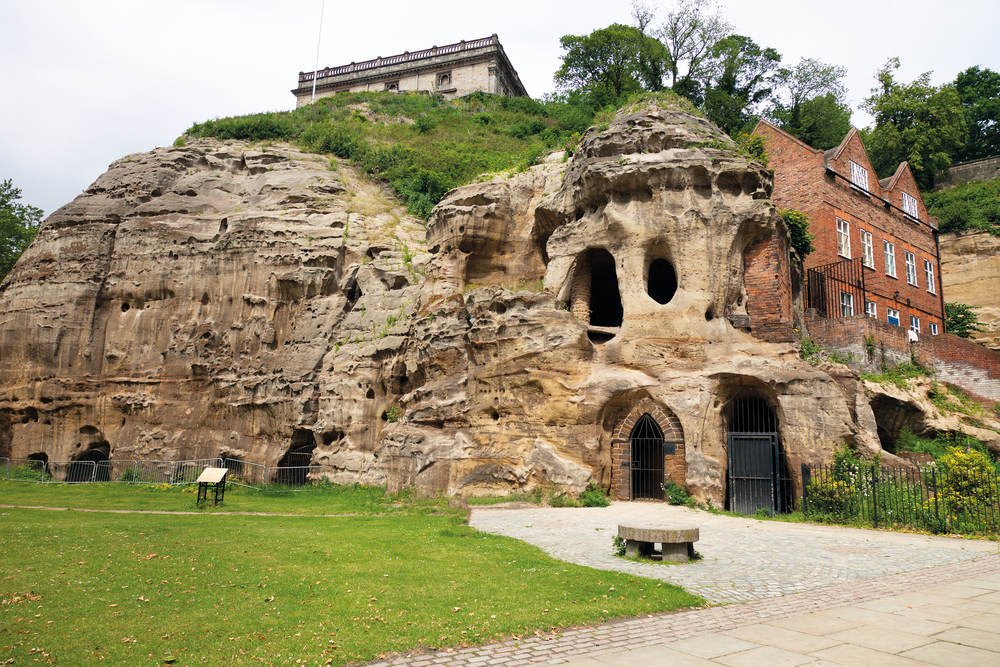
Nottingham Castle stands high on Castle Rock, overlooking the city of Nottingham and has a history dating back to the Norman invasion. William the Conqueror built the first castle, which was made of wood, on the site in 1067. A stone version was erected by Henry II around 1170. In 1194, Richard the Lionheart reclaimed the castle from his brother John.
In 1330, Roger Mortimer, the lover of Queen Isabella, was captured by supporters of the queen's son, King Edward III, who entered the castle through a tunnel cut into the rock that is called Mortimer's Hole and can still be seen today.
The castle also figured in the English Civil War and was held by parliamentary forces for much of the war. The commander of the troops that held the castle was given permission to demolish it in 1651.
The house as it now exists was finished in 1678 by the Second Duke of Newcastle, whose father purchased the site and began construction of the house. The house was later looted and set on fire in the early 19th century and then later restored to become a museum.
Other caves besides Mortimer's Hole can also be toured, including King David's legendary dungeon and the Duke of Newcastle's wine cellar. The tour is an arduous one though, with over 300 steep steps.
Peak District National Park Day 42
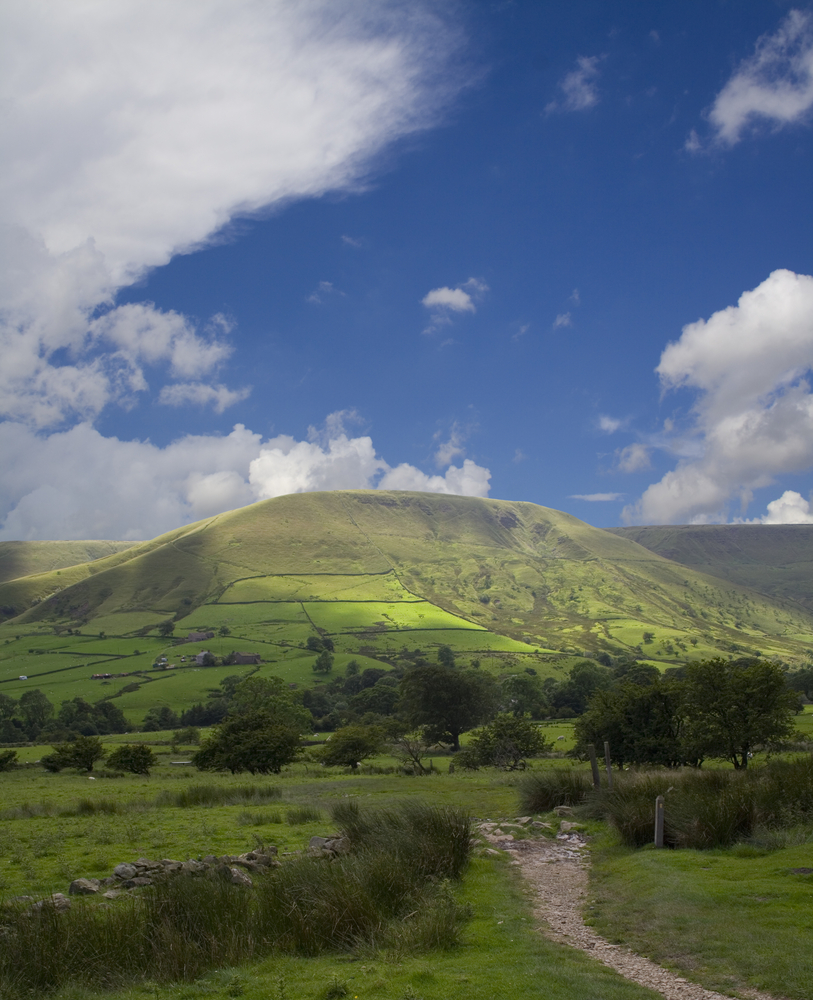
Some 360 million years ago, the area that is now known as the Peak District was a coral reef that lay under a shallow, subterranean sea. Eons of dead marine life that fell to the seafloor slowly formed the limestone that the Peaks are known for. Glaciers scoured the landscape, forming deep valleys and caves and leaving the harder limestone as crags and outcrops.
Humans arrived in the area about 10,000 years ago, dwelling in the caves and living alongside ancient European beasts like the woolly rhinoceros. Burial grounds and hill forts stand as a testament to some of the areas early inhabitants. And like much of the rest of Britain, the Romans occupied the area for several hundred years, leaving behind remnants of their characteristic roads. The Anglo-Saxons and Normans also influenced the area, with place-names and structures left behind by them.
The moors of the park exhibit a range of habitats, including heath, bog, grassland and scrub, as well as a variety of wildlife, including red grouse, short-eared owls, mountain hares, dormice and small heath butterflies.
In the park, there are opportunities for guided walks, cycling, rock climbing, fishing and camping.
Poole's Cavern Day 42
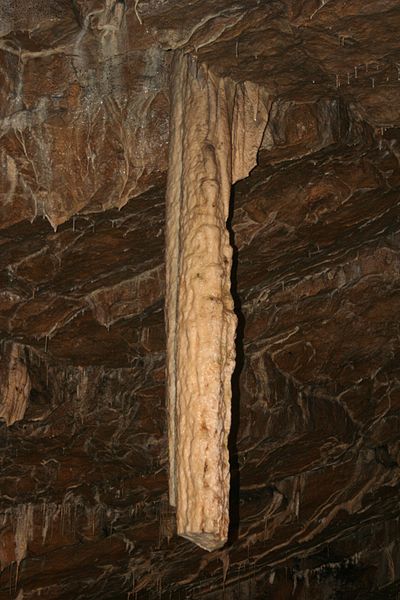
Fractures in the Peak District limestone in the past allowed water to penetrate the rock, which eventually eroded away caves, such as Poole's Cavern, which lies on the edge of the town of Buxton.
Dripping water in the cave has formed stalagmites and stalactites. The cave and the formations in it have taken on a variety of colors due to minerals and impurities in the water that drips down. Red and orange hues likely come from compounds containing iron, while blue-grey staining is thought to be caused by manganese dioxide from nearby shale deposits.
Around the middle of the 19th century, it was realized that the caves held archaeological interest, with human and animal bones being uncovered, along with pottery, stone artifacts, Roman coins, and bronze jewelry is of British origin.
2012 London Olympics torch run

The 2012 London Olympics torch run has already visited Cornwall, Wales, and Northern Ireland and Scotland, but there are still plenty of amazing sites left along the relay route.
OurAmazingPlanet will be taking you on a sight-seeing journey along with the torch week-by-week until the beginning of the Games of the XXX Olympiad, which runs from July 27 through Aug. 12, 2012. For week 6, the torch passes some historic castles and through stunning landscapes, including the famous Sherwood Forest. So come along with us, and make sure to come back to see where the torch goes next!
(See sights along the torch route from last week. Pictured above is Eugene Perry carrying the torch through North Yorkshire Moors National Park.)
Skipton Castle Day 37
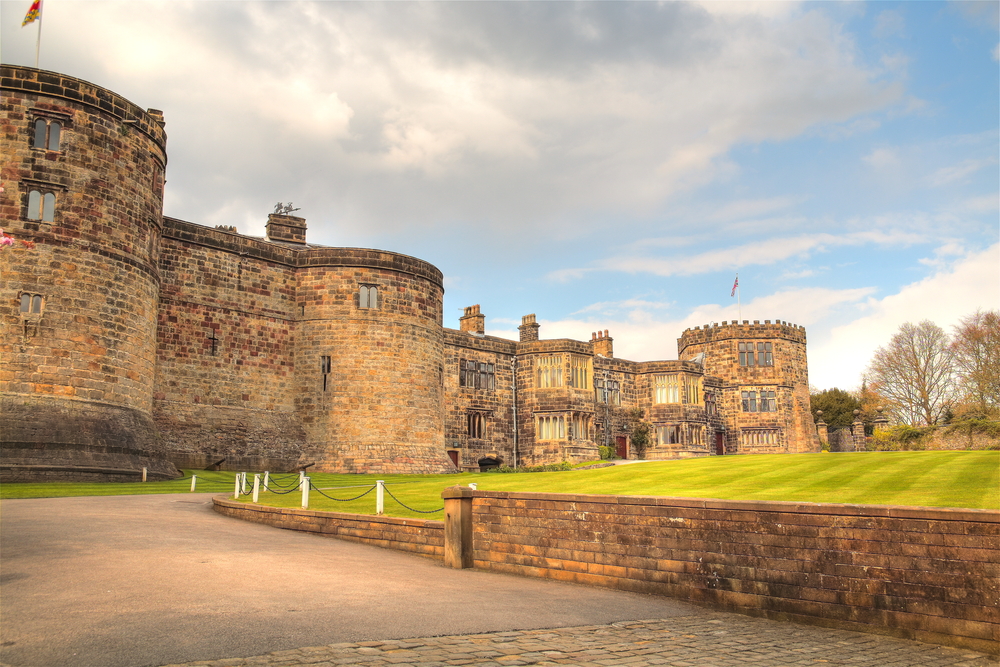
At more than 900 years old, Skipton Castle in North Yorkshire is one of the most complete and best preserved medieval castles in England.
The castle was built by Norman baron Robert de Romille in 1090, first in wood that was later replaced by stone. The structure featured bedchambers, a banquet hall, a medieval kitchen, beer and wine cellers, a courtyard and the all-important watchtower. These rooms can be toured today.
The castle underwent a three-year siege from Oliver Cromwell's troops during the English Civil War, as it was a Royalist stronghold.
Ilkley Moor Day 37

Ilkley Moor, part of the larger Rombalds Moor, lies in West Yorkshire above the spa town of Ilkley and is the setting for some interesting geological features.
The Cow and Calf, pictures above, are large rocks set on the moor. The Cow is a large outcrop of Millstone Grit and the calf is a smaller boulder below it. The area around the rocks is popular with climbers and features views of the town below.
The Twelve Apostles is a rock circle that is of unknown date and origin, like many other such stone circles around Britain.
Prehistoric rock carvings can be seen in features like the Swastika Stone. The original carving is much weathered, but a modern recreation next to the original shows what it would have looked like after it was initially made.
Lincolnshire Wolds Day 39
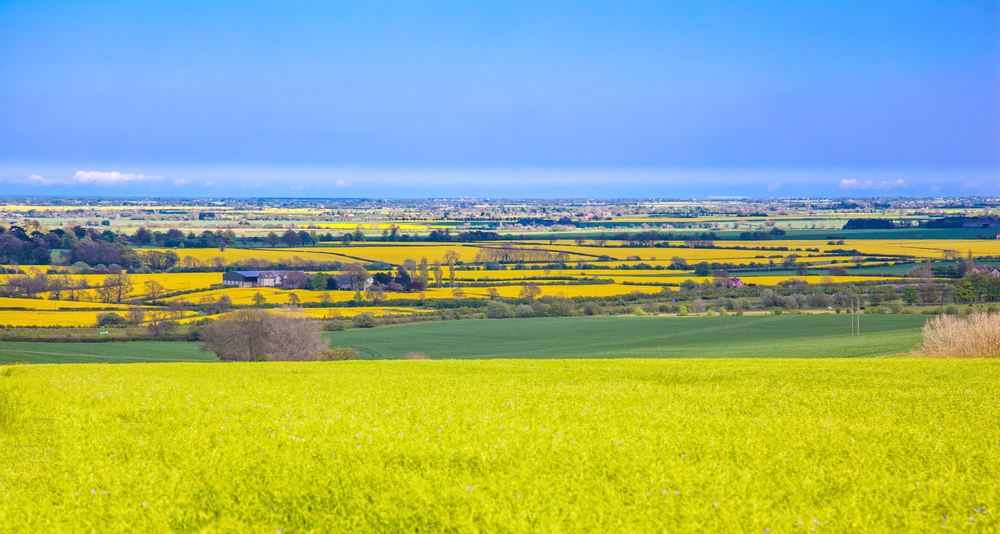
The Lincolnshire Wolds is a range of hills that run parallel to the North Sea Coast and are designated as an official Area of Outstanding Natural Beauty.
Among the many sites that can be seen in this scenic landscape are: the Red Hill Nature Reserve, which features a famous exposure of Red Chalk, a geologic layer rich in fossils; Hubbards Hills, a chalk steep-sided valley; the ruins of the 13th century Bolingbroke Castle; the deserted medieval village of Brackenborough, which existed from at least the 11th century until after the Black Death swept through the country in the 14th century.
Get the world’s most fascinating discoveries delivered straight to your inbox.
Sherwood Forest Day 41
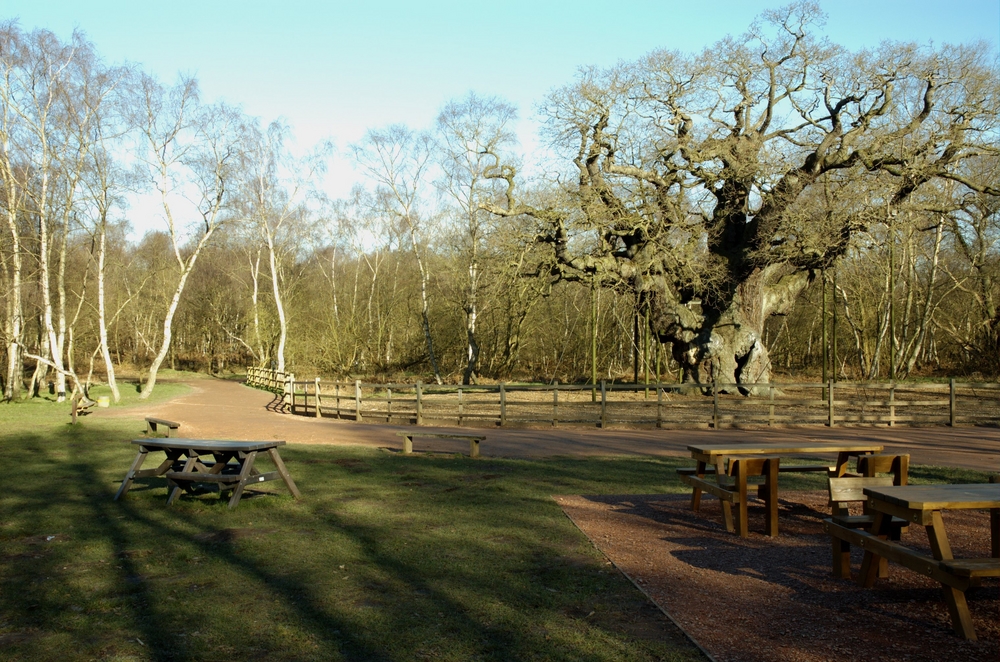
Yes, that Sherwood Forest.
The forest is historically a royal hunting forest that is of course most widely known for its connection to the Robin Hood legend. The legend goes that Robin Hood and his band of merry men hunted royal deer in the forest and robbed wealthy travelers passing through it. Several places in Sherwood Forest, as well as the towns in and around it, are reputed to have connections to the characters of the Robin Hood legends. Sandstone hills in the area are known as the Robin Hood Hills.
Centuries of waxing and waning human occupation gradually changed the nature of the area of the forest, with woodland clearing by the Romans introducing Sherwood's heathland and the use of irrigation to make the sandy soil more fertile. In the early 1900s, pine plantations were planted to provide fast-growing timber supplies. In the last few decades, conservationists have been trying to restore the 3,300-acre forest to its original mixed conifer and broadleaf tree cover, including oaks like the famous Major Oak. The Major Oak was Robin Hood's hideout according to the legends and is between 800 and 1,000 years old.

Andrea Thompson is an associate editor at Scientific American, where she covers sustainability, energy and the environment. Prior to that, she was a senior writer covering climate science at Climate Central and a reporter and editor at Live Science, where she primarily covered Earth science and the environment. She holds a graduate degree in science health and environmental reporting from New York University, as well as a bachelor of science and and masters of science in atmospheric chemistry from the Georgia Institute of Technology.
